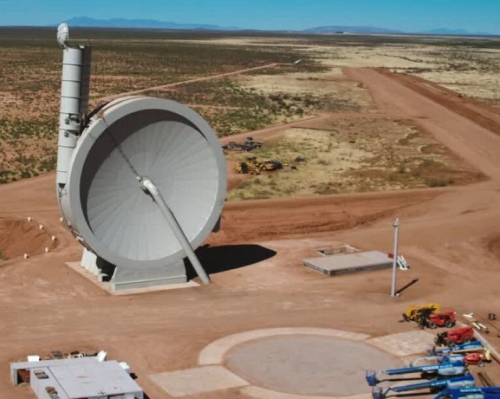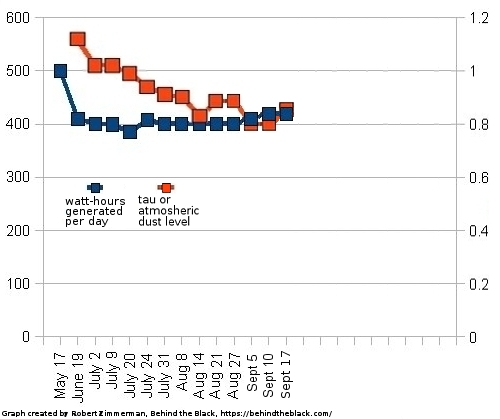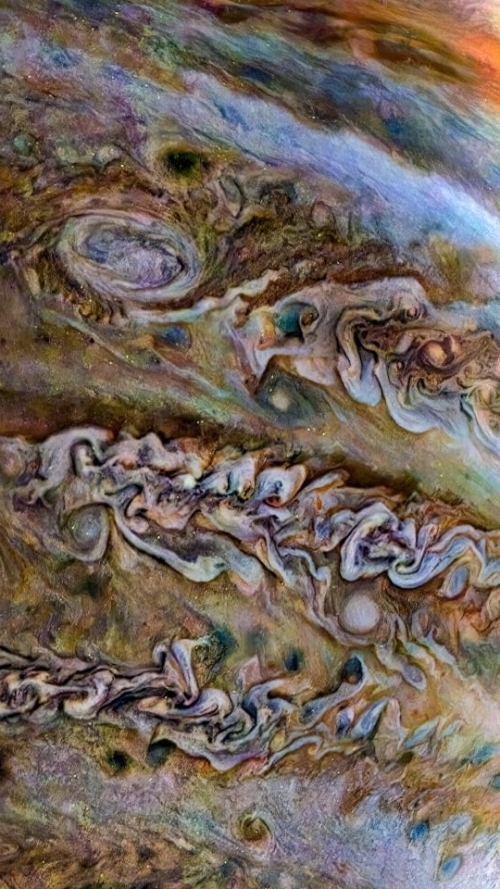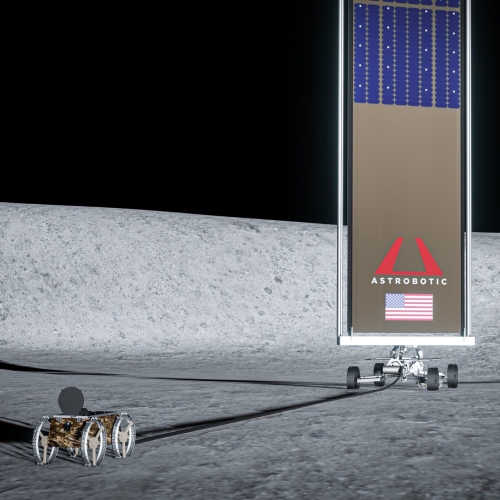Ingenuity completes 32nd flight
According to a tweet from JPL, Ingenuity successfully completed its 32nd flight on Mars on September 18, 2022.
The 55.3-second flight covered 93.74m at a max speed of 4.75 meters per second.
That is about 308 feet distance, comparable to the helicopter’s previous flight. Though it probably continued to the west, as with that last flight, JPL’s tweet did not provide any directional information.
This second short hop in a row however suggests that the team’s focus has definitely shifted from scouting for Perseverance to practicing precision landings, thus gathering data to help build the future Martian helicopter that will be used to pick up Perseverance’s core samples some time in the future.
According to a tweet from JPL, Ingenuity successfully completed its 32nd flight on Mars on September 18, 2022.
The 55.3-second flight covered 93.74m at a max speed of 4.75 meters per second.
That is about 308 feet distance, comparable to the helicopter’s previous flight. Though it probably continued to the west, as with that last flight, JPL’s tweet did not provide any directional information.
This second short hop in a row however suggests that the team’s focus has definitely shifted from scouting for Perseverance to practicing precision landings, thus gathering data to help build the future Martian helicopter that will be used to pick up Perseverance’s core samples some time in the future.












